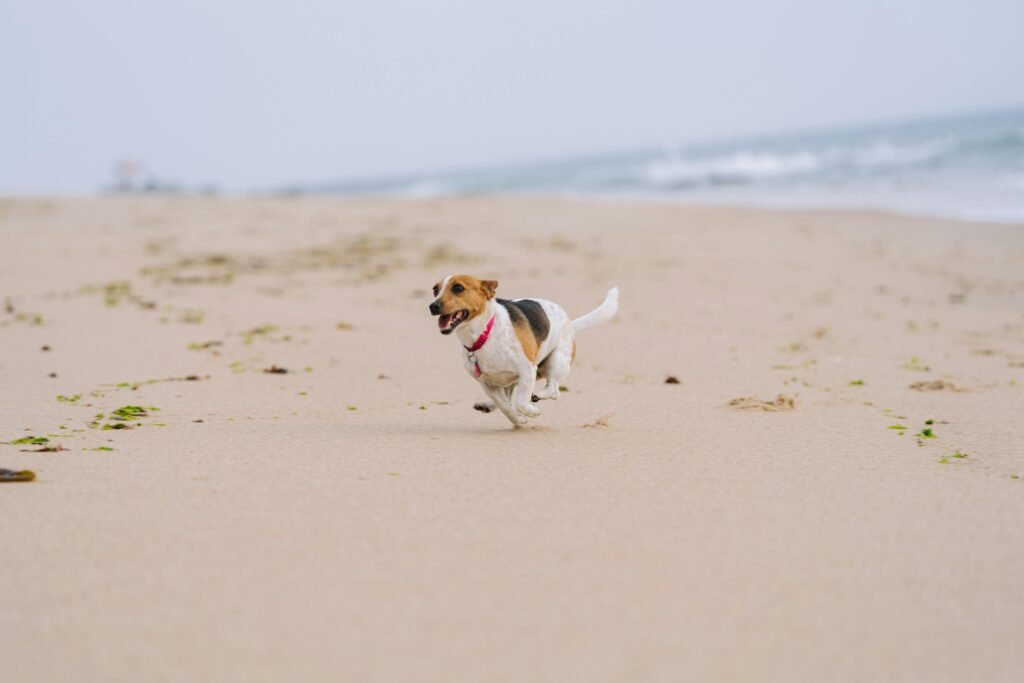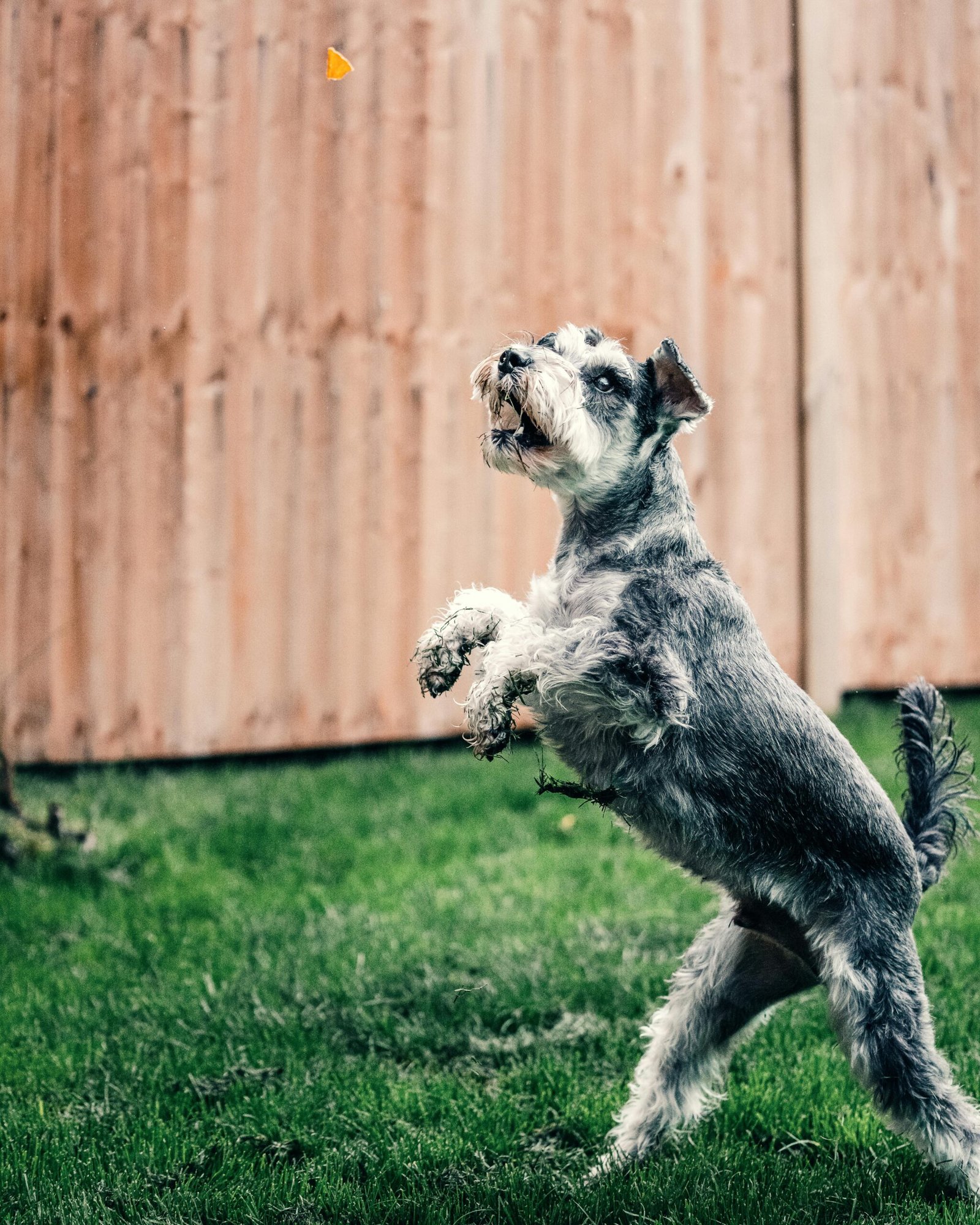Dogs daily exercise is as vital for dogs as it is for humans. Daily physical activity not only helps maintain a healthy weight but also keeps your dog mentally stimulated, reducing destructive behaviors. Whether your dog is a high-energy breed or a laid-back companion, regular exercise is a cornerstone of their well-being.
1. Dogs Daily Exercise: Physical Health Benefits
A. Maintains a Healthy Weight
Obesity is a growing issue among pets, leading to problems like diabetes, heart disease, and joint pain. Exercise helps burn calories, keeping your dog fit and reducing the risk of weight-related health issues.
B. Strengthens Muscles and Joints
Exercise promotes muscle development and joint flexibility. It’s especially important for breeds prone to hip dysplasia or arthritis, as movement helps maintain mobility.
C. Boosts Heart and Lung Health
Cardiovascular activity, like running or brisk walking, improves heart and lung function, ensuring your dog stays energetic and healthy.
2. Mental and Emotional Benefits of Exercise
A. Reduces Anxiety and Stress
Just like humans, dogs can experience stress. Exercise releases endorphins, which act as natural mood boosters, helping to alleviate anxiety and promote relaxation.
B. Prevents Boredom and Destructive Behaviors
A bored dog is more likely to chew furniture, dig holes, or bark excessively. Regular exercise provides mental stimulation, reducing the likelihood of these behaviors.
C. Encourages Socialization
Walks and trips to the dog park expose your dog to new environments, people, and other dogs, improving their social skills and confidence.
3. Tailoring Exercise to Your Dog’s Needs
A. Breed-Specific Activity Levels
- High-Energy Breeds (e.g., Border Collies, Huskies): Need intense daily activity like running, agility training, or long hikes.
- Moderate-Energy Breeds (e.g., Labrador Retrievers, Boxers): Benefit from walks, fetch, or swimming.
- Low-Energy Breeds (e.g., Bulldogs, Pugs): Prefer short walks or gentle play sessions.
B. Age and Health Considerations
- Puppies: Require short bursts of activity, as their growing bodies are prone to overexertion.
- Senior Dogs: Gentle, low-impact exercises like slow walks help maintain mobility without straining aging joints.
- Dogs with Medical Conditions: Consult your vet to create a suitable exercise plan.

4. Creative Exercise Ideas for Dogs
A. Outdoor Activities
- Walking or Running: A classic and effective way to exercise your dog daily.
- Hiking: Perfect for adventurous dogs, offering both physical and mental stimulation.
- Fetch or Frisbee: Combines playtime with cardiovascular activity.
B. Indoor Activities
- Tug-of-War: A fun and engaging activity that builds strength.
- Hide-and-Seek: Stimulates your dog’s mind and encourages movement.
- Treadmill Training: Great for rainy days or when outdoor exercise isn’t feasible.
C. Advanced Training and Sports
- Agility Training: Combines mental stimulation with physical activity.
- Dock Diving: Ideal for water-loving breeds like Labradors.
- Canicross (Running with Your Dog): A high-energy activity for fitness enthusiasts and their pups.
5. Signs Your Dog Needs More Exercise
- Restlessness or hyperactivity at home.
- Destructive behaviors like chewing or digging.
- Weight gain or loss of muscle tone.
- Excessive barking or attention-seeking.
If you notice these signs, it’s time to increase your dog’s activity levels.
6. How Much Exercise Does Your Dog Need?
The amount of exercise depends on factors like age, breed, and health:
- High-Energy Breeds: 1.5 to 2 hours daily.
- Moderate-Energy Breeds: 30 minutes to 1 hour daily.
- Senior or Low-Energy Breeds: 20-30 minutes of gentle activity daily.
Pro Tip: Combine physical exercise with mental stimulation for a well-rounded routine.
Tips for Safe Exercise
- Hydration: Always provide fresh water before and after exercise.
- Weather Awareness: Avoid strenuous activity during extreme heat or cold.
- Paw Protection: Use dog booties or avoid hot pavement to prevent burns.
- Rest Breaks: Monitor your dog for signs of fatigue and take breaks as needed.
Daily exercise is more than just physical activity—it’s an opportunity to strengthen your bond with your furry friend while ensuring their health and happiness. By tailoring an exercise routine to your dog’s unique needs and preferences, you’ll set the foundation for a long and fulfilling life together.


